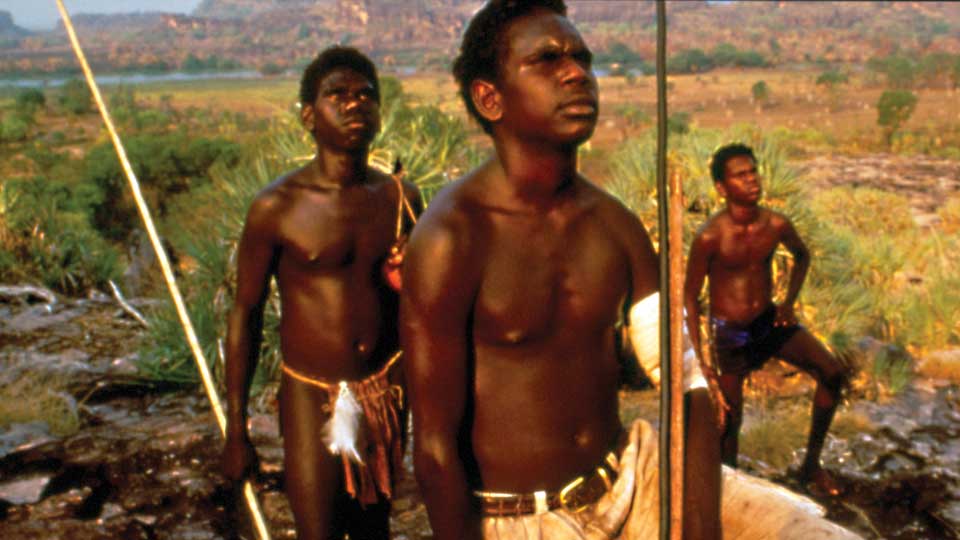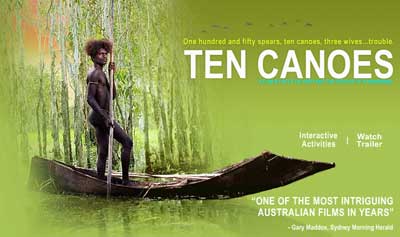 |
| Tandanya Foyer |
Visit to Tandanya National Aboriginal Cultural Institute INC
Peter Sharrock ‘Believe’
Burthurmar Christopher Crebbin ‘Eleven’
Sophie Abbott ‘We are Young Women of this Land’
Prior to commencing art school I had never visited Tandanya, although I am becoming a more frequent visitor, particularly since studying Australian Art, Craft and Design last year. Tandanya is to this day the oldest Aboriginal owned and managed cultural arts centre with a reputation for being innovative and excelling in excellence and is renowned for being a place of great vision. Visitors to the centre are very mush encouraged to experience, explore and emerse themselves in contemporary as well as traditional Aboriginal and Torres Strait Islander culture and art. The centre regularly features acclaimed and emerging artists from indigenous backgrounds from all around Australia, exploring their stories of cultural expression through both performance and visual arts.
 |
Peter Sharrock - "The Mark" (H) 80cm X (W) 80cm X (D) 11cm |
As always I am impressed by the variety of the work on display and this latest exhibition was no exception. The Believe exhibition by Peter Sharrock was clearly a thought-provoking narrative of the collective human experience, encouraging us all to seize and celebrate the little moments of every day life. The premise for these works examines the choice and consequences that face us all, those moments in life where we may get knocked down and feel despondent, but still embrace our ability to pick ourselves back up, embracing our true strength of character. For me, not only do the works have an original sculptural element, but embrace a ‘connected-ness’ to our environment with their organic, earthy quality. In addition to their aesthetic appeal the works are further supported by insightful pieces of poetry written by Sharrock, which are illuminated with the message of hope for a nation that is desperately trying to reconcile our history and future directions.
 |
| Christoper Crebbin with some of his works at Tandanya |
Christopher Crebbin’s also known as Burthumarr (his Aboriginal name), appropriately named his latest exhibition Eleven as a salute to the eleventh year of this century and the culmination of his own experience of eleven years of painting and solo exhibitions. Not unlike Sharrock’s work, this exhibition rang with a decernable message of hope and display’s the artist’s deep connection with the land. Although the premise of the exhibition began as a protest it resolves itself with a sentiment of peace and devotion and embodies the essence of balance in all things, "The black and the white, the Ying and the Yang" (BCC). In relation to our environment and our history, Crebbin states, "time has a way of healing" which I believe indicates it is possible we just may be able to salvage our beloved environment and ourselves as a society if we take ownership of our behaviour and initiate action now.
One particular paintings I was drawn to was "Story Journey" - acrylic on canvas. It was a pure image with simple composition which rang with sincerity, it portrayed deep blue waters beneath a grey sky. However upon looking more closely and depending on where you as the viewer was positioned, there was a slightly concealed moon or possibly sun coming through, suggesting something more. After viewing Crebbins works, I have to agree with the review on Crebbins work by ArtsHub (6th August 2011) who suggest, "The ocean is also strongly present in Buthurmarr’s paintings, and the vibrancy of the blues which he uses to depict the water is breath taking".
 |
Sophie Abbott - "We Are The Young Women Of This Land" |
Photographer Sophie Abbott was the other artist exhibiting with Sharrock and Crebbin whose images illuminated the same message of hope as the other two previously mentioned artists. It is a powerful and inspiring exhibition featuring indigenous women, each of who in their own right are leaders and outstanding role models for the Aboriginal community and displays the connection between the traditional Aboriginal culture, and their contemporary lives. "We Are The Young Women Of This Land" is an initiative by the Women's Health Statewide and is being promoted by Tandanya as an "exhibition of cultural, contemporary and social significance". A photographic artist myself, I was very drawn to the strong sense of narrative within Abbott’s photographs where she has shot two contasting images of each woman. One photograph is taken in a studio setting with the women adorned in traditional clothing and painted faces, the other is on location in a landscape setting with the women dressed in formal attire appearing as though they have been prepared for a studio sitting. All of the images are supported by an inspiring statement from each woman who generally spoke of being strong, confident, proud, ambitious and determined to overcome life’s obstacles. , sending a positive message.
"A few years ago I felt a strong motivation to photograph Aboriginal women, to capture their spirit, beauty and strength. My aim was to show the general public what is rarely sees and to inspire young Aboriginal women from communities across South Australia to achieve their dreams" - Sophie Abbott - Artist and Photographer
 |
| Sophie Abbott - "We Are The Young Woman Of This Land" |















